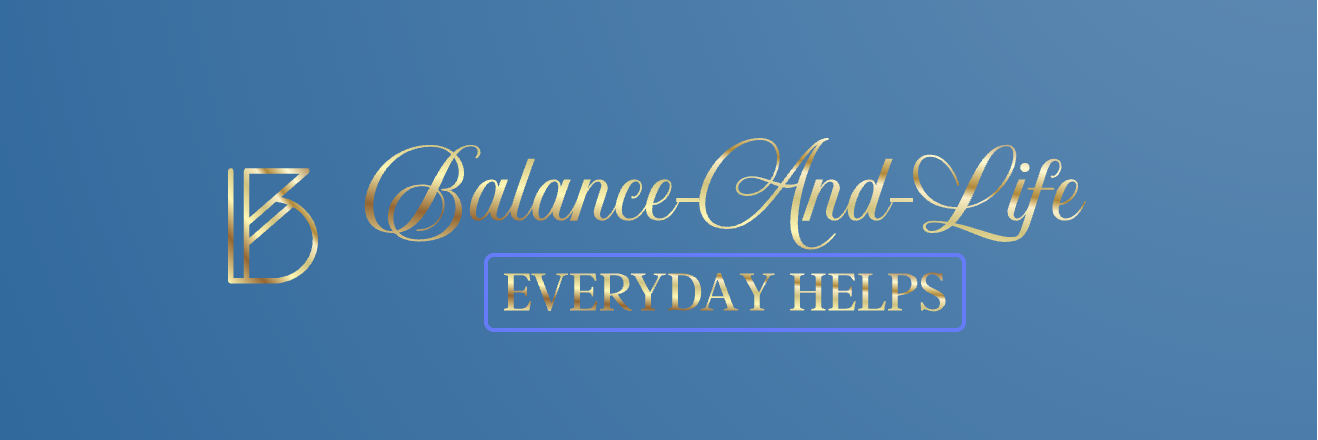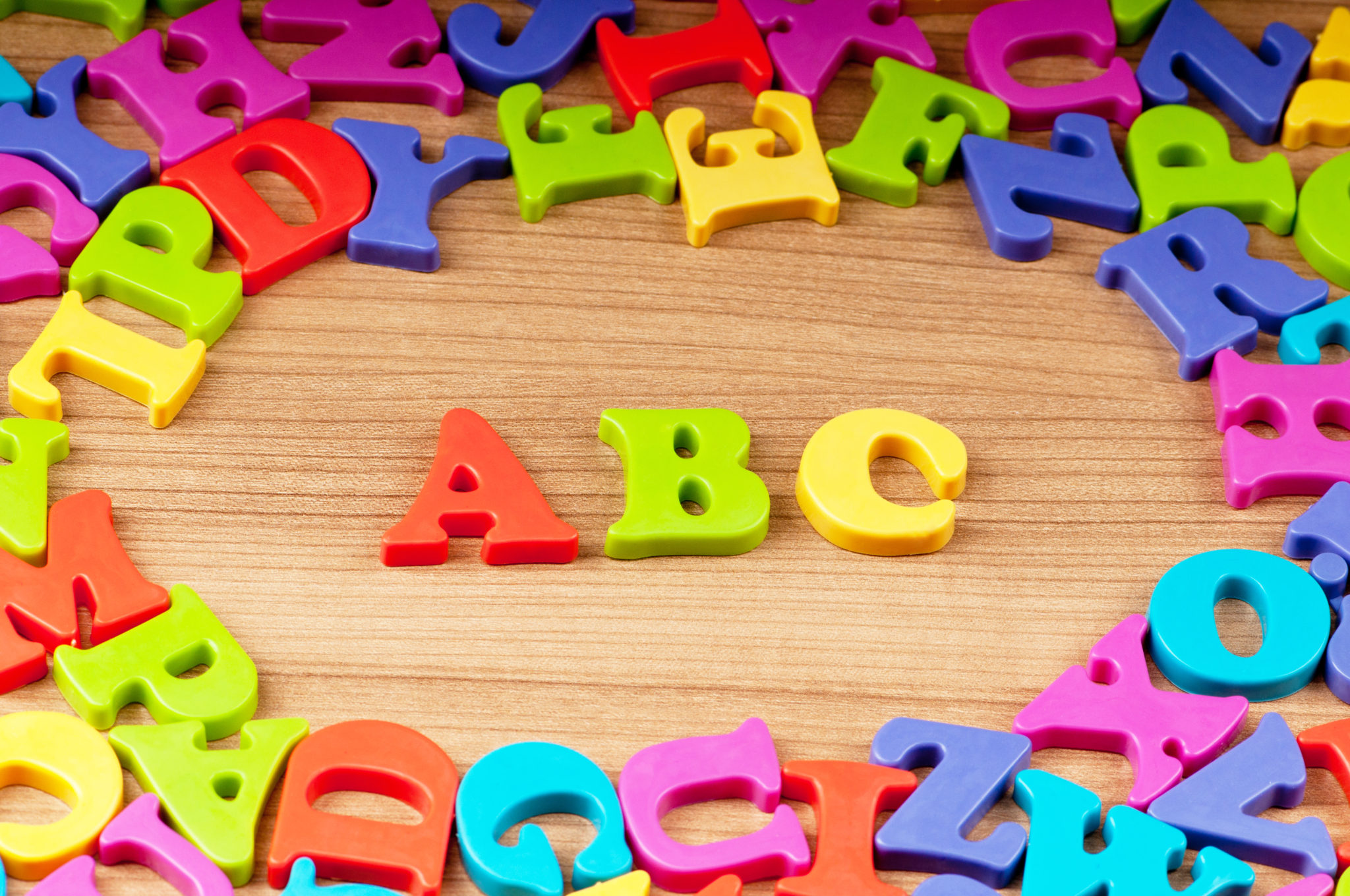The Alphabet secrets it is a journey from babbling infant to confident reader represents one of humanity’s most remarkable developmental achievements, and revolutionary alphabet teaching methods can dramatically accelerate this transformation. Expert educators and child development specialists have uncovered extraordinary techniques that enable babies to master letter recognition and early reading skills months or even years ahead of traditional timelines.
The Critical Period Science of Contextual Alphabet Mastery
Groundbreaking neurological research reveals that babies possess unprecedented capacity for language acquisition between 6 months and 3 years of age. During this critical window, the brain’s language processing centers develop at extraordinary rates, creating optimal conditions for alphabet learning and reading foundation building.
Advanced brain imaging studies demonstrate that babies exposed to systematic alphabet instruction during this period show measurably enhanced neural connectivity in language regions. These neurological advantages translate into superior phonemic awareness, faster letter recognition, and accelerated reading comprehension that persists throughout academic development.
The key insight driving revolutionary alphabet teaching lies in understanding that babies don’t simply memorize letters they develop sophisticated linguistic processing systems that support advanced reading abilities. Professional educators leverage this understanding to create teaching methodologies that build genuine literacy foundations rather than superficial recognition skills.
The Sensory Alphabet Immersion Technique
Professional literacy specialists have developed groundbreaking approaches that engage all sensory systems simultaneously to create powerful alphabet learning experiences. This multi-sensory methodology recognizes that babies learn most effectively when visual, auditory, tactile, and kinesthetic inputs work together to reinforce letter recognition and phonetic understanding.
The technique involves creating “Alphabet Environments” where each letter is associated with specific sensory experiences. The letter ‘A’ might be represented through apple-scented materials, rough sandpaper textures, and the sound of an airplane. This comprehensive sensory association creates robust neural pathways that support rapid letter recognition and recall.
Advanced practitioners incorporate “Textural Letter Libraries” where babies explore three dimensional letters made from various materials fuzzy fabric, smooth wood, bumpy surfaces, and soft foam. This tactile exploration develops fine motor skills while simultaneously reinforcing letter shapes and phonetic associations through multiple sensory channels.
The Phonetic Symphony Method

Revolutionary alphabet teaching recognizes that early reading success depends fundamentally on phonemic awareness the ability to hear and manipulate individual sounds within words. The Phonetic Symphony Method transforms abstract sound-letter relationships into concrete, memorable experiences that babies can easily understand and internalize.
This approach involves creating “Sound Portraits” for each letter, where babies hear the letter’s sound embedded within musical compositions, environmental recordings, and rhythmic patterns. The letter ‘B’ might be introduced through bass drum beats, buzzing bee sounds, and bouncing ball rhythms that emphasize the phonetic characteristics.
Expert implementations include “Vocal Mirror Games” where caregivers exaggerate letter sounds while babies observe mouth movements and facial expressions. This visual-auditory connection helps babies understand how sounds are physically produced, accelerating their ability to connect letters with their corresponding phonetic values.
Read more: Incredible Alphabet Teaching Secrets That Transform Babies Into Early ReadersThe Power of Talking to Your Baby: Unlock Your Child’s Amazing Potential
The Progressive Recognition Building System
Professional educators understand that alphabet mastery develops through carefully structured progressions that gradually increase complexity while maintaining achievable challenge levels. The Progressive Recognition Building System guides babies from simple letter awareness to sophisticated reading readiness through systematic skill development.
The methodology begins with “Letter Personality Introduction,” where each letter receives distinctive characteristics, colors, and associated objects that make abstract symbols memorable and meaningful. The letter ‘S’ becomes the “slithery snake letter” with green coloring and wavy movements, while ‘T’ transforms into the “tall tree letter” with brown textures and upward gestures.
Advanced techniques include “Letter Story Weaving,” where babies participate in narrative experiences featuring different letters as characters. These stories naturally incorporate letter shapes, sounds, and early word formation while maintaining high engagement levels that sustain learning motivation throughout extended teaching sessions.
The Interactive Alphabet Theater Approach
Innovative literacy educators have revolutionized traditional alphabet instruction by creating theatrical experiences where babies become active participants in letter learning adventures. This approach recognizes that babies learn most effectively through play-based experiences that feel entertaining rather than educational.
The method involves “Alphabet Character Dramatization” where caregivers embody different letters through costumes, movements, and voice modulations. The letter ‘L’ might be portrayed through long, stretching movements and low vocal tones, while ‘Q’ involves circular gestures and quirky behaviors that make the letter’s unique characteristics memorable.
Professional implementations include “Letter Action Sequences” where babies imitate letter-specific movements and sounds. These kinesthetic activities develop motor memory associations that support letter recognition while simultaneously building gross motor skills and spatial awareness crucial for reading development.

The Contextual Word Building Framework
Revolutionary alphabet teaching methods move beyond isolated letter instruction to integrate alphabet learning with meaningful word formation and early reading experiences. This contextual approach helps babies understand that letters serve practical communication purposes rather than existing as abstract academic concepts.
The framework introduces “Functional Alphabet Applications” where babies observe letters being used to create familiar words related to their daily experiences. Caregivers might spell “MAMA,” “DADA,” “MILK,” and “BYE” while babies watch letter combinations create meaningful communication tools.
Advanced techniques include “Environmental Print Exploration” where babies discover letters and words in their natural surroundings on food packages, street signs, books, and household items. This real-world application helps babies understand that reading skills have immediate practical value in their everyday lives.
The Rhythmic Letter Recognition Method
Expert literacy specialists have discovered that rhythm and music dramatically enhance alphabet learning by creating memorable patterns that support letter recognition and recall. The Rhythmic Letter Recognition Method transforms alphabet instruction into musical experiences that babies find naturally engaging and easy to remember.
This approach involves “Letter Percussion Sessions” where each letter corresponds to specific drum beats, clapping patterns, or musical instrument sounds. Babies learn to associate the letter ‘D’ with drum beats, while ‘C’ connects to cymbal crashes and ‘T’ links to triangle chimes.
Professional implementations include “Alphabet Song Creation” where caregivers compose original melodies featuring individual letters and their phonetic sounds. These personalized musical experiences create unique memory anchors that accelerate letter recognition while building positive associations with reading activities.
Toddler Safety: Essential Tips to Keep Your Child Safe and Secure
The Visual Discrimination Enhancement Technique
Reading success requires sophisticated visual discrimination abilities that enable children to distinguish between similar letter shapes and recognize letters in different fonts, sizes, and orientations. The Visual Discrimination Enhancement Technique specifically develops these crucial skills through systematic visual training.
The method includes “Letter Differentiation Games” where babies practice identifying target letters within arrays of similar-looking symbols. These activities might involve finding the letter ‘P’ among groups containing ‘B,’ ‘R,’ and ‘D’ developing the precise visual discrimination skills essential for reading fluency.
Advanced techniques incorporate “Font Flexibility Training” where babies encounter the same letters presented in various typefaces, sizes, and styles. This exposure ensures that letter recognition skills transfer across different reading contexts and materials.
Read more: Incredible Alphabet Teaching Secrets That Transform Babies Into Early ReadersBaby Milestones: What to Expect in the First Year
The Emotional Alphabet Connection Strategy
Revolutionary educators recognize that emotional engagement dramatically enhances learning retention and motivation. The Emotional Alphabet Connection Strategy creates positive emotional associations with letters and reading activities that sustain long-term learning enthusiasm.
This approach involves “Letter Celebration Rituals” where each successfully learned letter is acknowledged through special activities, songs, or treats. These positive reinforcement experiences create powerful emotional memories that maintain motivation throughout the challenging process of learning to read.
Professional implementations include “Personal Letter Stories” where letters are connected to meaningful people and experiences in babies’ lives. The letter ‘G’ might represent “Grandma” while ‘P’ connects to “Papa,” creating emotional anchors that make abstract symbols personally meaningful and memorable.
The Adaptive Learning Pace Methodology

Expert alphabet teachers understand that babies develop at individual rates and require personalized approaches that adapt to their unique learning styles and developmental timelines. The Adaptive Learning Pace Methodology ensures that each baby receives appropriately challenging instruction that maximizes learning without creating frustration.
This framework involves continuous assessment of babies’ responses to different teaching techniques, allowing caregivers to adjust methods based on individual preferences and learning patterns. Some babies might respond best to visual presentations, while others benefit from auditory or kinesthetic approaches.
Advanced implementations include “Learning Style Optimization” where teaching techniques are customized based on observed preferences for specific types of sensory input, activity duration, and interaction styles. This personalization ensures optimal learning conditions for each individual baby.
Long-term Reading Success Foundations
Babies who receive systematic alphabet instruction using these revolutionary methods demonstrate remarkable advantages that extend far beyond early letter recognition. These children typically show superior reading comprehension, enhanced vocabulary development, and increased confidence in academic settings throughout their educational careers.
Research confirms that early alphabet mastery creates cascading benefits including improved writing skills, enhanced communication abilities, and superior academic performance across all subject areas. The cognitive advantages gained through intensive alphabet instruction provide lasting benefits that support lifelong learning success.
Professional educators emphasize that these teaching methods create genuine literacy foundations rather than superficial academic skills, ensuring that early reading advantages translate into sustained educational excellence and lifelong love of learning.
Read more: Incredible Alphabet Teaching Secrets That Transform Babies Into Early Readers
American Academy of Pediatrics (AAP)
Frequently Asked Questions about Early Childhood Literacy

At what age can babies start recognizing letters?
Babies can begin to recognize shapes and patterns between 6 and 12 months, but conscious letter recognition usually begins around age 2.
Can teaching the alphabet too early cause confusion?
No. When done with games, music, and repetition, it stimulates the brain and strengthens emotional bonds.

